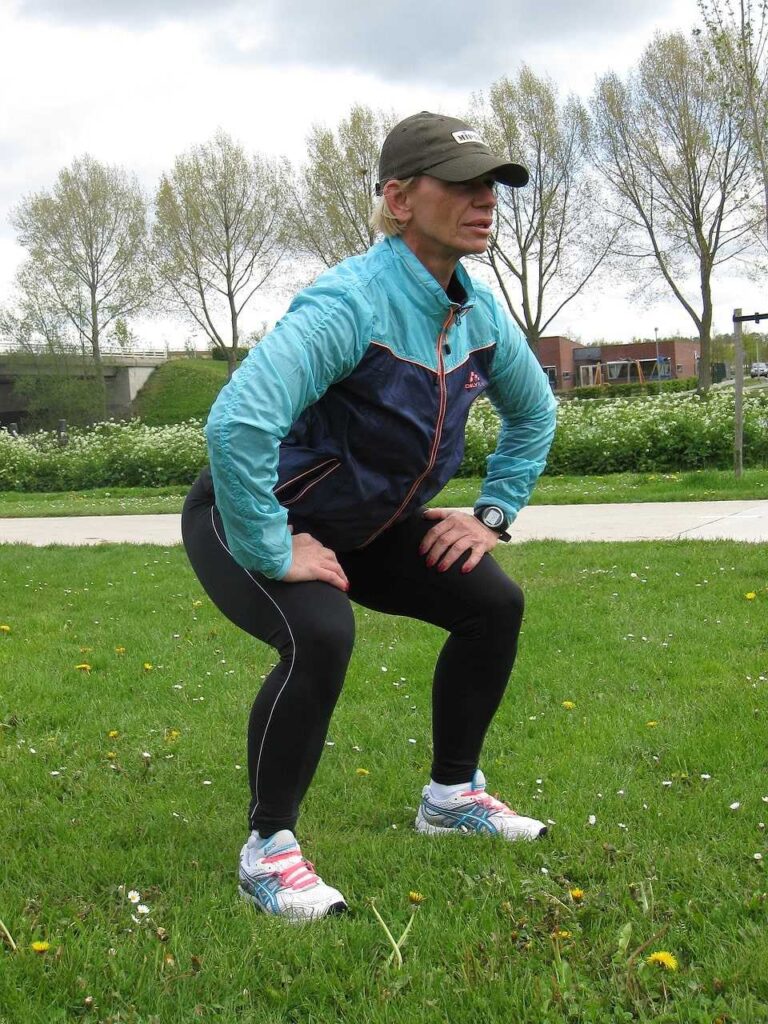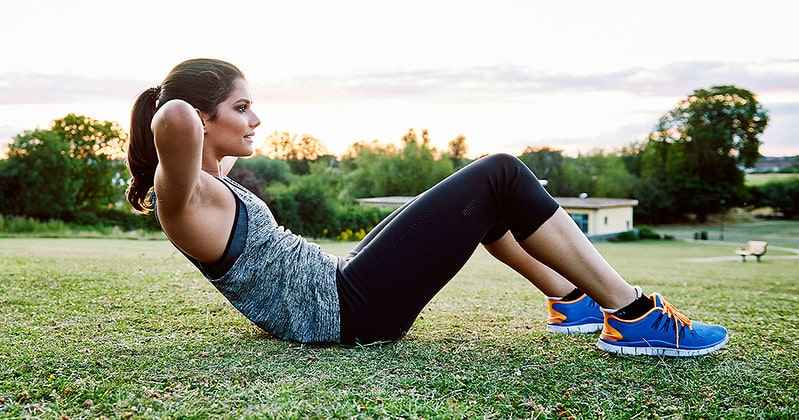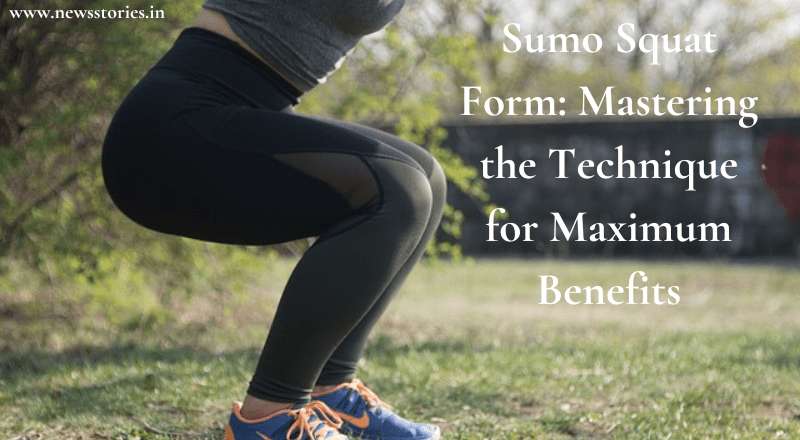Sumo Squat Form: Mastering the Technique for Maximum Benefits
Introduction to Sumo Squats
Sumo Squat Form a variation of the traditional squat, involve a wider stance with toes pointed outwards. This exercise primarily targets the lower body, engaging muscles like the quadriceps, hamstrings, glutes, and adductors. Understanding the correct form is crucial to maximize the effectiveness of this workout.
Understanding the Importance of Correct Form
The significance of maintaining proper form while performing sumo squats form cannot be overstated. Incorrect posture can lead to ineffective workouts or, worse, potential injuries. Focus on setting up proper body alignment before executing the exercise.
Setting Up Proper Body Alignment

Feet Positioning
Position your feet wider than shoulder-width apart, toes pointing slightly outward. This stance helps activate different muscle groups and allows for better stability during the exercise.
Hip and Spine Alignment
Ensure your hips and spine are in a neutral position throughout the movement. Keeping your back straight and engaging your core muscles will prevent strain on the lower back.
Executing the Sumo Squat Form
Descending Phase Technique
Initiate the movement by bending your knees and hips, lowering your body towards the ground. Aim to maintain a 90-degree angle at the knees, ensuring they align with your toes.
Ascent Phase and Proper Breathing
Push through your heels as you rise back to the starting position. Exhale during this phase, engaging your glutes and thighs.
Common Mistakes to Avoid
Leaning Forward
Avoid leaning excessively forward, as this can strain your lower back and diminish the effectiveness of the exercise.
Knee Alignment
Ensure your knees align with your toes throughout the movement to prevent unnecessary stress on the knee joints.
Also Read : https://newsstories.in/tricep-extension-sculpting-strong-and-defined-arms/
Benefits of Sumo Squats
Sumo squats offer various benefits, including strengthening lower body muscles. Enhancing flexibility, and improving overall stability.
Strengthens Lower Body Muscles
The wide stance engages muscles in the thighs, glutes, and hamstrings, aiding in muscle development and toning.
Improves Flexibility
Regularly performing sumo squats can increase hip mobility and flexibility, reducing the risk of injuries during other workouts.
Variations of Sumo Squats

Weighted Sumo Squats
Incorporating weights like dumbbells or kettlebells can intensify the workout. Adding resistance and increasing muscle engagement.
Sumo Squat Pulses
Adding pulsing movements at the bottom of the squat. It can further challenge your muscles, enhancing endurance and strength.
Incorporating Sumo Squats Into Your Workout Routine
Frequency and Repetitions
As your strength increases, progressively increase the number of repetitions from a comfortable starting point. In your exercise regimen, strive for consistency.
Mixing with Other Exercises
Combining sumo squats with other lower body exercises. It can create a comprehensive workout routine, targeting various muscle groups.
Advanced Tips for Mastering Sumo Squats
Increasing Resistance Gradually
Gradually increase the weight or resistance used in sumo squats to continually challenge your muscles and promote growth.
Engaging Core Muscles
Maintain core engagement throughout the exercise to stabilize your body and prevent excessive strain on the lower back.
Addressing Frequently Asked Question

Can sumo squats help with improving posture?
Yes, sumo squats can strengthen core muscles, contributing to better posture over time.
Is there an ideal depth for performing sumo squats?
Aim to go as low as comfortable while maintaining proper form. Ensuring your thighs are parallel to the ground.
How often should sumo squats be performed?
It’s recommended to include sumo squats in your workout routine 2-3 times a week. Allowing for muscle recovery.
Are sumo squats suitable for beginners?
Yes, beginners can start with bodyweight sumo squats and gradually progress. To weighted variations as they gain strength.
Can sumo squats help in enhancing athletic performance?
Yes, by targeting key lower body muscles, sumo squats can contribute to improved strength. And agility benefiting athletic performance.
Conclusion
Mastering the correct form of sumo squats is fundamental to reaping their full benefits. By focusing on proper body alignment, avoiding common mistakes, and gradually advancing in intensity. Individuals can effectively integrate this exercise into their fitness routine. For improved strength and flexibility.
<< Previous Post
https://newsstories.in/understanding-the-reverse-crunch-exercise-for-optimal-core-strengthening/
>> Next Post
https://newsstories.in/diet-for-losing-weight-loss-a-path-to-better-health/




